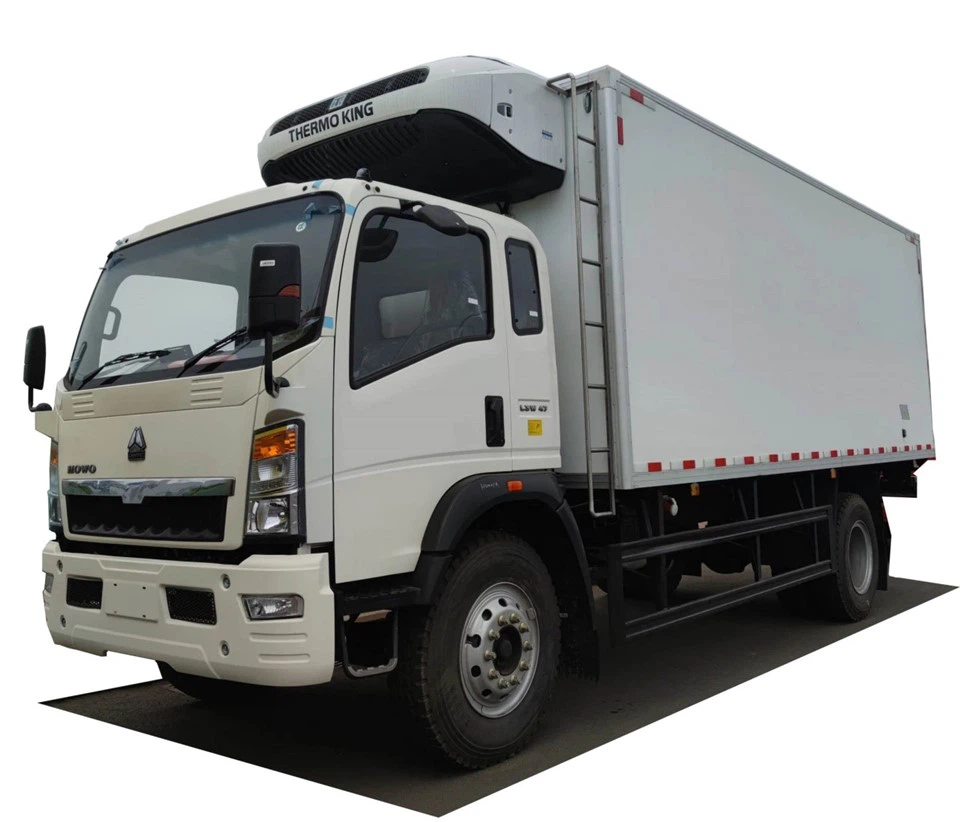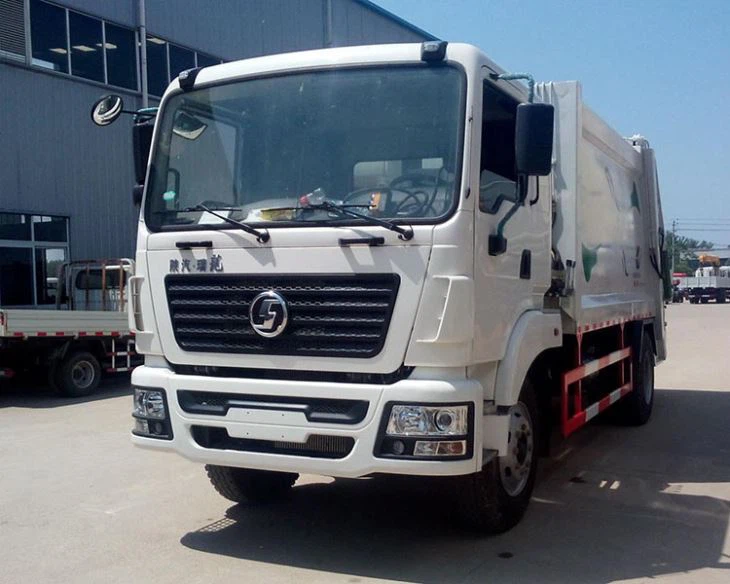How Tall Is a Trash Truck? A Comprehensive Guide

When we think about trash trucks, we often focus on their function of keeping our neighborhoods clean. However, many people are curious about their dimensions, particularly their height. Understanding how tall a trash truck is can help improve urban planning, street safety, and even parking regulations. This article will delve into the height of trash trucks, various types of them, and other related factors.
Understanding Trash Truck Heights
Trash trucks come in various shapes and sizes, affecting their height. On average, most trash trucks measure between 10 to 12 feet in height. However, factors such as the type of truck, the lifting mechanism, and container design can influence these dimensions.
Factors Influencing the Height of Trash Trucks
- Type of Truck: Different types of trash trucks, such as rear loaders, front loaders, and side loaders, have different heights.
- Lifting Mechanism: Trucks equipped with hydraulic lifts might have varied heights based on their design.
- Container Design: Some trucks have taller containers for bigger waste loads.
Typical Dimensions of Different Types of Trash Trucks
| Type of Trash Truck | Approximate Height | Common Uses |
|---|---|---|
| Rear Loader | 10-12 feet | Residential waste collection |
| Front Loader | 10-13 feet | Commercial waste collection |
| Side Loader | 11-13 feet | Automated residential collection |
The Importance of Knowing Trash Truck Heights
Understanding the height of trash trucks can be crucial for various stakeholders, including city planners, homeowners, and sanitation workers.
Urban Planning and Infrastructure
City planners need to consider trash truck heights when designing streets, overpasses, and bridges. Ensuring that these structures accommodate the bulk of waste collection trucks helps maintain efficient waste management services.
Safety Regulations
Awareness of trash truck heights can also contribute to establishing better safety regulations. This is particularly important in residential areas where children and pets may be present.
Parking and Zoning Considerations
Municipalities often impose regulations on where and how large vehicles can park. Knowing the height of a trash truck can aid in setting up appropriate zones and avoiding potential violations.
Types of Trash Trucks and Their Use Cases
Below are the different types of trash trucks commonly used across various sectors:
1. Rear Loader Trash Trucks
These are the most traditional trash trucks. They are widely used for residential waste collection. The height typically ranges from 10 to 12 feet, making them well-suited for navigating neighborhood streets.
2. Front Loader Trash Trucks
Commonly used for commercial waste collection, front loaders usually range from 10 to 13 feet in height. They feature hydraulic arms that lift and dump bins, making them efficient for large volumes of waste.
3. Side Loader Trash Trucks
These are designed for automated collection, often utilizing robotic arms to pick up waste bins from the curb. Side loaders generally have a height of 11 to 13 feet, allowing them to operate in residential zones effectively.
4. Roll-off Trucks
Roll-off trucks, often used for construction sites, have a unique design to accommodate large containers. Their height can vary but typically falls between 10 and 12 feet.
5. Compaction Trucks
These trucks are used in mass waste collection and are designed to compress waste, leading to more efficient transportation. The height of compaction trucks can range from 10 to 12 feet.
Examples of Trash Truck Dimensions
The following table gives examples of specific trash truck models and their heights:
| Truck Model | Type | Height |
|---|---|---|
| Freightliner M2 | Rear Loader | 11 feet |
| Peterbilt 520 | Front Loader | 12 feet |
| International DuraStar | Side Loader | 11.5 feet |
Maintenance and Height Considerations
Regular maintenance is crucial for ensuring trash trucks operate efficiently. Here are a few tips regarding height safety and maintenance:
1. Regular Inspections
Conduct frequent inspections of hydraulic systems, lift mechanisms, and overall truck conditions to ensure safety and compliance with regulations.
2. Safe Practice Guidelines
Sanitation workers should be vigilant about their surroundings, especially in low-clearance areas like underpasses or tree-lined streets.
3. Height Measurement Tools
Use height measurement tools to check if designated routes and parking spaces are clear for trash trucks.

The Environmental Impact of Trash Trucks
Trash trucks play a significant role in waste management, but they also contribute to environmental concerns such as pollution and noise.
1. Emission Standards
Many regions impose emission standards for garbage trucks to minimize their carbon footprint. Compliance with these standards can lead to the adoption of alternative fuel sources.
2. Noise Pollution
Due to their size and function, trash trucks can be noisy, particularly during early morning collections. Noise-reduction technologies and better scheduling can help mitigate this issue.
Future Trends in Trash Truck Design
The industry is evolving to reduce environmental impacts and improve efficiency in waste collection.
1. Electric Trash Trucks
Electric trucks are gaining traction, offering quieter operations and lower emissions compared to traditional diesel models.
2. Smart Truck Technology

Some manufacturers are integrating GPS and route optimization technology, which can improve fuel efficiency and reduce operational costs.
Frequently Asked Questions (FAQs)
1. What is the average height of a trash truck?
The height of a typical trash truck ranges from 10 to 12 feet, depending on the type and design.
2. Why is it important to know the height of a trash truck?
Knowing the height is essential for urban planning, safety regulations, and ensuring adequate parking and street design.
3. What types of trash trucks are commonly used?

The most common types are rear loaders, front loaders, side loaders, roll-off trucks, and compaction trucks.
4. How do trash truck heights vary based on their function?
Different functions, such as residential or commercial waste collection, require different truck designs, which influences their height.
5. Are there regulations regarding the height of trash trucks?
Yes, municipalities often enforce height regulations to ensure safe navigation through streets and under structures.
6. How can trash truck heights affect city planning?
City planners must ensure that streets, overpasses, and utilities are designed to accommodate the heights of trash trucks for efficient waste management.
